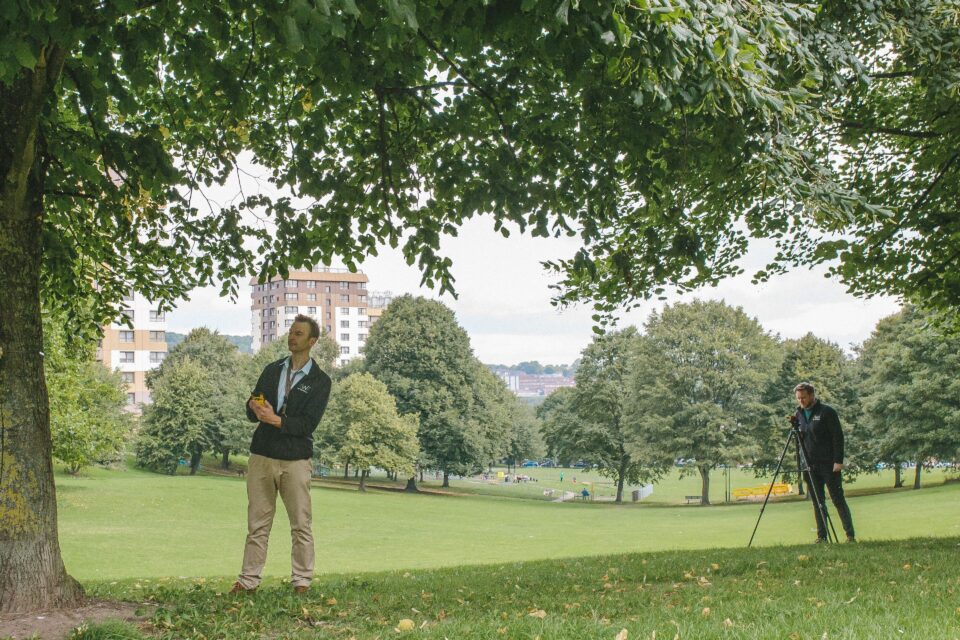BS:5837 (2012) Trees in relation to design, demolition and construction – William Morris: Recommendations.
20th May 2013AWA Tree Consultants – New Brochure
10th October 2013Non-natives are welcome!
Ordinarily, if you were to pick up a copy of the Guardian newspaper and read an article that decried how councils were allowing non-natives to flood into our towns and cities, you would rightly do a double take to make sure you hadn’t mistakenly picked up the wrong paper.
However, such nationalistic sentiment was at the heart of the recent piece by George Monbiot. The difference being, of course, is that he was talking about TREES; but it’s interesting how in many of the natives-vs.-aliens articles, the language can easily slip that of the far right. Such values would be reprehensible if it was about humans, yet such righteous ‘tree nationalism’ is enthusiastically accepted.
Is this just semantics? Surely the ‘natives-are-best’ agenda is based on hard science? In fact ‘native’ is not a scientific definition but an arbitrary one, devised for convenience by conservation groups. Being non-native has no biological relevance, it is a subjective characteristic we impose on trees. Similarly the notion that ‘natives are best for biodiversity’ has been shown as overly simplistic and largely discredited when it comes to urban trees. After extensive research, Kendle and Rose concluded that in a complex environment superimposed on equally complex human history, culture, values and aspirations, it is impossible to characterise one group of plants as ‘superior’ to others. This is especially true when the classification system is as nebulous and value-laden as our definitions of ‘native’.
It would be more honest to frame the debate in terms of National Pride. The desire to see mostly ‘native’ trees in our urban areas does not come primarily from science, but from emotion and history and culture; our attachments to the yew and oak and hawthorn are fundamentally emotional, why not admit it instead of hiding behind the rational language of ‘biodiversity’.
The primary reason an arboriculturist plants and cares for urban trees is to benefit urban people. For many people, nearby trees are the only abundant and accessible natural features within the urban landscape. They form an indispensable ameliorating feature of a potentially impoverished human experience. Managing a sustainable urban forest is becoming increasingly difficult and it is misguided to suggest we primarily rely on a handful of native tree species that are often unable to cope with the harsh conditions or are unsuitable for the location, causing problems as they mature.
We need a broad mix of hardy, problem free tree species that will thrive in an unpredictable future landscape. The defining issue shouldn’t be the species’ immigrant status, but whether it’s a contributing citizen. These non-native immigrants make a positive contribution to our towns and cities and should be welcomed.





